Brazil travel guide: Everything you need to know before you go
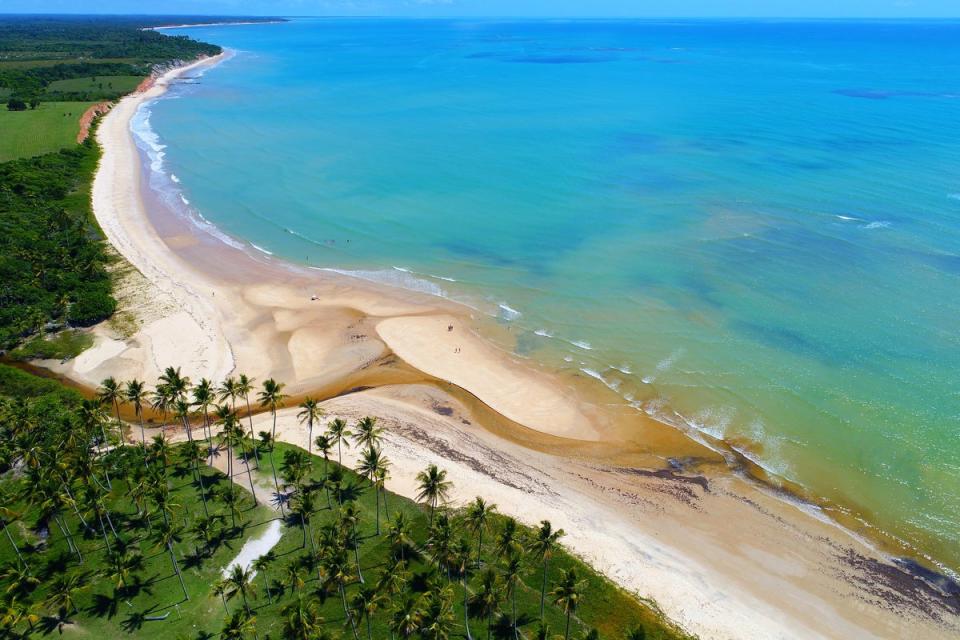
Brazil is exuberance. Nature is green and lush at every turn, from the ridges and boulder mountains of Rio to the coconut coves of Bahia and the vast rainforest and river-sea of the Amazon. Cities resonate with rhythm: the jiggery two-step of forro in Fortaleza, the heartbeat throb of carnival drums outside the glittering baroque cathedrals of Salvador, the swing of samba and lullabye lilt of bossa nova. Africa, Portugal and Indigenous America swirl together in its people, who are among the world’s warmest and most engaging. And Brazil is resolutely Brazilian, even in this homogenous internet world. The country’s vibrant immediacy is so infectious, visitors can’t help but fall under its life-affirming spell.
Current travel restrictions and entry requirements
Visitors aged 12 and over must present proof of Covid vaccination status. If you are not vaccinated, you can enter Brazil by air or land by presenting one of the following documents:
proof of a negative PCR test or a negative antigen test, taken no more than 24 hours before boarding or entering by land;
proof of having recovered from Covid-19 in the last 90 days and two negative Covid-19 tests on entry to Brazil
On 23 November 2022, the Brazilian government reinstated the requirement to use face masks inside airports and on flights as a safety precaution to limit the spread of Covid-19. You should check the website of the airport you are flying into or transiting through to see how this could affect you.
Mask-wearing rules vary from state to state. In general, they are not required in public spaces or on internal flights, but are often mandatory on trains and buses.
Check the Foreign, Commonwealth and Development Office (FCDO) website for the most up-to-date information.
Best time to go
Brazil is continental, and climate and seasons vary across the country. Rio and the southeast are hot November-April, warm May-October and wettest December-March. Bahia and the northeast is warm the whole year round and hot December-February. The Amazon is good all year round but wettest January-June when the water levels are high and it’s possible to explore the flooded forests. The best time for wildlife-watching in the Pantanal is the dry May-October period.
The liveliest festivals are Carnival (Feb/Mar throughout Brazil) and the Festas Juninas (June – in the northeast and Amazon). Both are spectacular dancing-in-the-street pageants, but book rooms and Sambadrome tickets (for Rio) well ahead. Avoid the mid-December to mid-January domestic high season. It can be hard to find rooms.
Top regions and cities
Rio de Janeiro
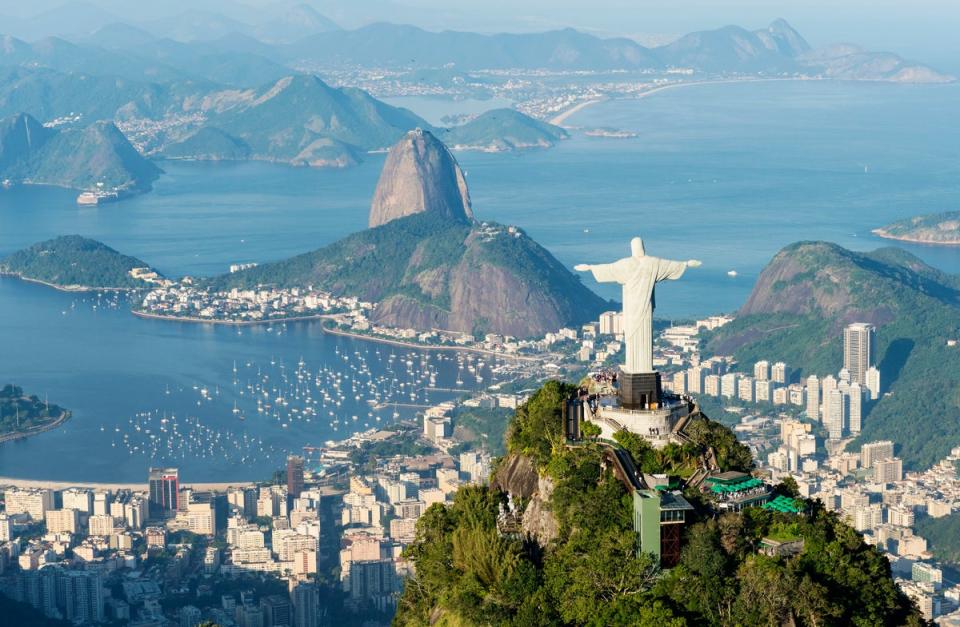
Brazil’s unmissable city is also an unmissable state. Visit the city for Christ in the rainforest on Corcovado Mountain, the creamy beaches of Copacabana and Ipanema, and the samba clubs in Lapa. Then head south along the Emerald Coast where the jungle-covered ridges of the Serra do Mar mountains drop into a bottle-green, beach-fringed ocean speckled with gorgeous road-free islands. The prettiest is monkey- and toucan-teeming Ilha Grande, cut by jungle trails that run to long, deserted honey-coloured strands and peaks with spectacular views over the jungle-carpeted broken coastline. And don’t miss Paraty, whose cobbles, whitewash cottages, beaches and bell towers provide a backdrop for the FLIP Literary Festival, South America’s Hay-on-Wye.
Read more: The ultimate guide to Rio de Janeiro
Amazon
The great river Amazon flows through nine different countries, but only in Brazil is it as broad as the eye can see, hovered-over by giant thunderclouds and rainbows, and dotted with more islands than the entire Caribbean. River turtles by the hundreds of thousand nest here, manatees graze water hyacinth meadows and bubble-gum pink dolphins chase piranhas through mazes of submerged roots. These are riverscapes like no other on Earth, watched over by a forest which is half as large as the United States. And for those concerned with conservation, there has never been a more important time to visit. With Brazil’s environmental agencies starved of federal funds, it is local companies practicing genuine conservational tourism that offer a way to use purchasing power to make a difference, just as ecotourism has in Costa Rica. Book tours with Araca Expeditions and Rumo Norte.
Read more: Brazil’s Rio Negro: Exploring the largest swathe of protected rainforest in South America
Pantanal
South America’s largest wetland savannah is where to go for wildlife. In the May-October dry season, you’ll see metre-long blue macaws nesting in the trees, ostrich-like rheas striding elegantly through the grasslands, and lakes wriggling with caiman crocodiles. Stay at the sleek, safari-chic Caiman Refuge; thanks to their pioneering Onçafari conservation programme, nowhere on Earth offers a better chance of seeing jaguars and ocelots in the wild.
Iguaçu

“Poor Niagara” said Eleanor Roosevelt on visiting South America’s greatest waterfall. It’s more than three times as wide as its North American rival and set in a protected jungle over 10 times larger than Manhattan. And if you stay at the Hotel das Cataratas Belmond, the only hotel in the national park right next to the falls, you can have those views to yourself at sunset, sunrise and, if you time it right, under a full moon.
Best under-the-radar destinations
Trancoso
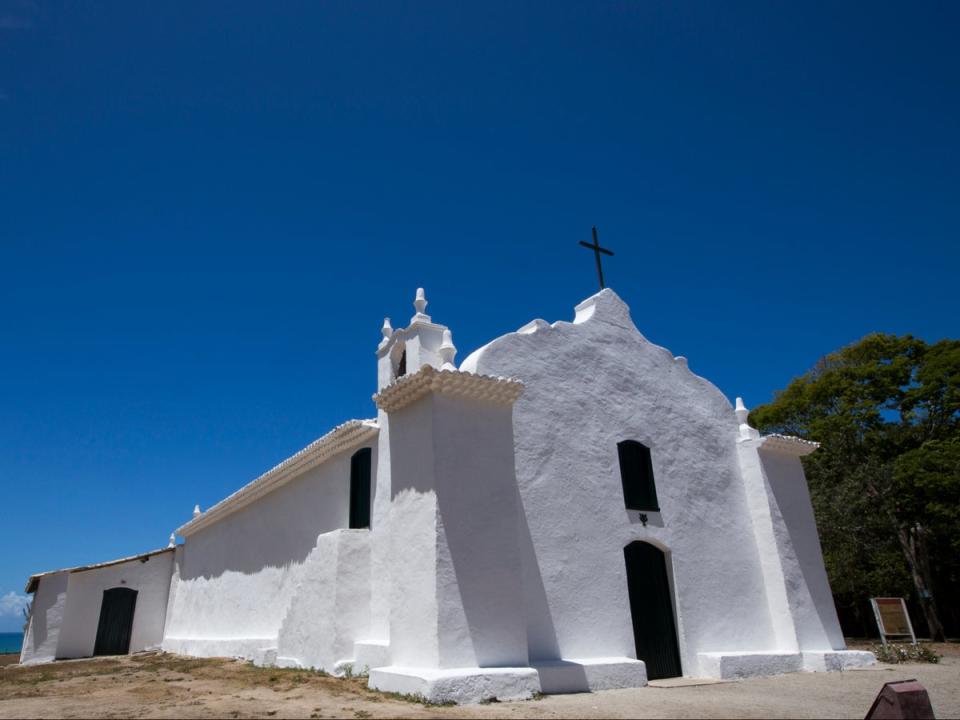
Crowd-free Caribbean-white sand outside your chic-shack beach boutique? You’ll find it in laid-back but luxe Trancoso village, where forest flitting with hummingbirds and kitten-sized marmoset monkeys fringes an Atlantic wild enough for humpback whales and nesting green turtles.
The Desert Coast
Brazil has its Outback too: the Sertão. Located in the northeastern states of Ceará and Maranhão, it runs through copper-coloured canyons and lake-pocked ergs of shifting sand right to the Atlantic. Stay in Atins, a hamlet squeezed between the dune-desert of the Lençóis Maranhenses National Park and a seemingly endless talc-soft beach.
Ibitipoca
This waterfall-dripping tabletop mountain and wildlife refuge may be off the radar but it’s just a few hours drive from Rio. Come to see maned wolf and South America’s largest monkey, the muriqui. Critically endangered, it has been brought back from the brink thanks to the work of the Ibiti Comuna, a huge private reserve with boutique hotel, offering comfortable rooms in a gorgeous old ranch house.
Recife-Olinda Carnival
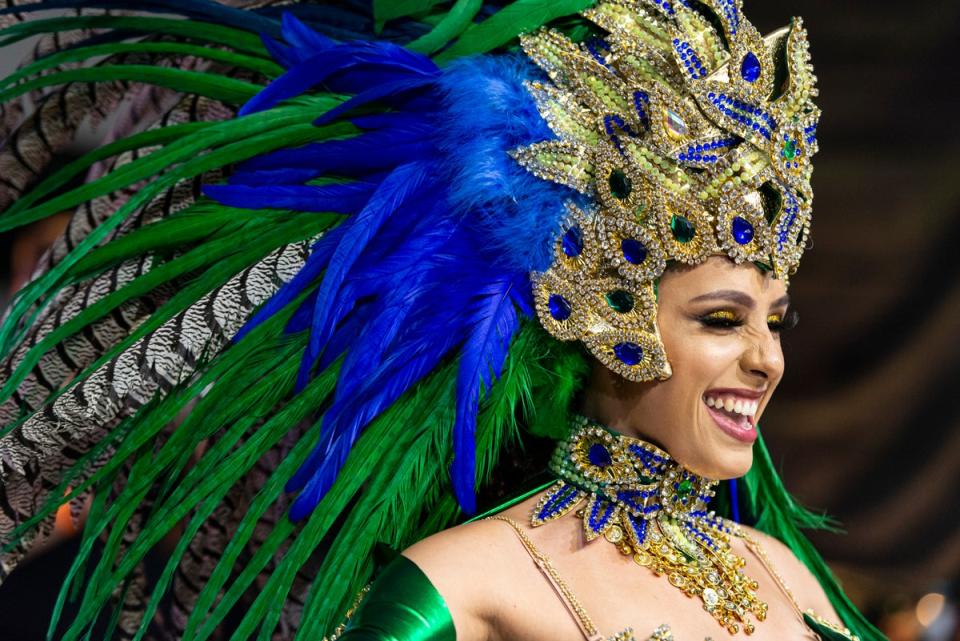
When it comes to South America’s biggest party, Rio hogs the limelight, but Carnival is a nationwide event, and nowhere is it brighter or truer to its African roots than in these twin cities on the northeast’s sunniest stretch of coast. You’ll see Rio’s glitz and glitter parades from the stands in a purpose-built stadium, but in Recife-Olinda they’re in the streets and everyone can join in. And the music is some of Brazil’s best – from the pounding maracatu drum orchestras that parade through Recife’s old Dutch centre, to the acrobatic frevo dancers skipping over the cobbles in church-filled Olinda.
Best things to do
See the wildlife

Just like Africa, South America has its Big Five animals: the jaguar, anteater, giant otter, tapir and maned wolf. And they are even more elusive. Nowhere offers a better chance of seeing them than Brazil’s ‘big three’ safari reserves. Trijunção in the perfumed dry forests of the Cerrado is a refuge for dusty red maned wolves; the Caiman refuge in the Pantanal has jaguars, tapirs and giant anteaters; and Cristalino Lodge in the southern Amazon is one of the best places on the continent to see giant otters and myriad species of threatened and endangered monkeys and birds. Ultimate Travel offer all three locations on their Wild Brazil package.
Drive the dune coast
Little fishing hamlets with sultry beachside boutique hotels set on seemingly endless empty beaches, rolling lake-pocked dunes, river deltas scattered pink with scarlet ibis: Brazil’s far northeast is a treasure. The best way to see it is on one of Journey Latin America’s overland trips, between the surfer-chic beach village of Jericoacoara and the Unesco-listed Portuguese colonial city of São Luis.
Getting around
Brazil is bigger than Australia and there are no intercity train services, so to get the most out of a visit, you will need to fly. The country has an extensive domestic network. For the greenest flights, use local carrier Azul, whose new Embraer E2 jets are the cleanest small jets in the world, cutting emissions by over 30 per cent from previous generation aircraft. Intercity buses are frequent, cheap and comfortable.
How to get there
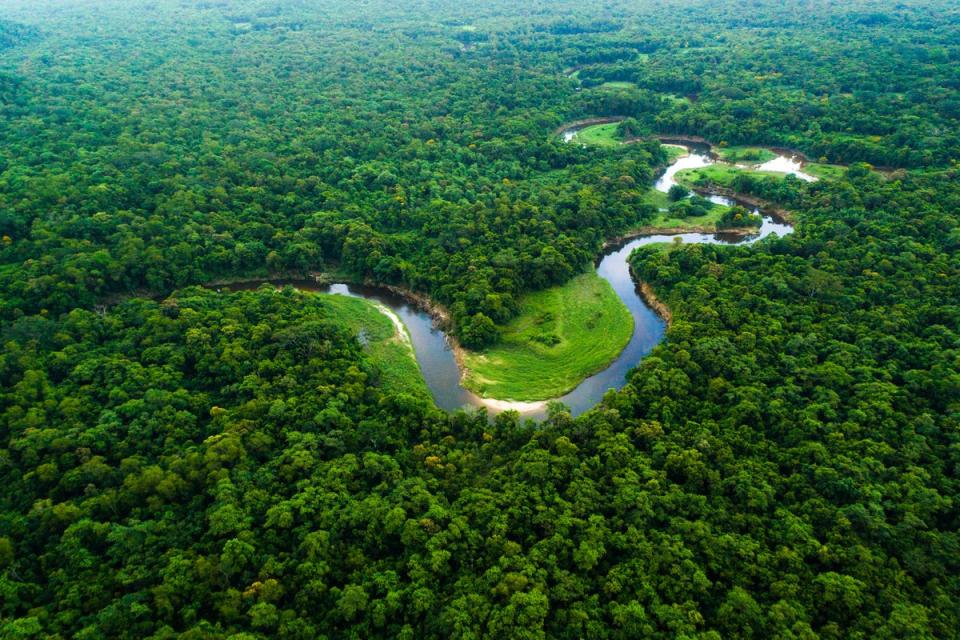
Flying with TAP via Lisbon will cut down your air miles and carbon footprint. While other carriers fly into either Rio or São Paulo in the Southeast (BA go direct to both from Heathrow), TAP has flights to many other Brazilian cities, meaning you can fly into the northern beaches and back home out of the southeast without having to double-back and burn more fuel.
Money-saving tip
Rooms are hard to find and more than double their normal price over the Carnival (Feb or March), and Christmas and New Year periods. Room prices drop in Brazil’s low season (April-late June).
FAQs
What’s the weather like?
All of Brazil lies in the tropics, so weather is by and large Caribbean-warm. But there are some regional and seasonal variations. The south and southeast is cooler May-September (with temperatures sometimes reaching single figures above 800 metres). The south and southeast are wettest December to March and the northeast April-June.
What time zone is it in?
Most of Brazil is GMT-3. The Central Amazon is GMT-4 and the state of Acre in the extreme west is GMT-5.
What currency do I need?
Brazil uses the Real (£1=R$6.4)
What language is spoken?
Portuguese is the primary language in Brazil. Spanish and English are understood only in tourist hotels.

 Yahoo Lifestyle
Yahoo Lifestyle 